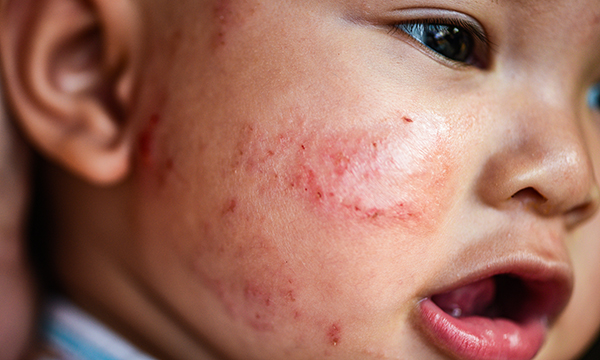Biological basis of child health 13: structure and functions of the skin, and common children’s skin conditions

Resource
Exclusive quality-assured learning resource
Online

Available to RCNi Plus subscribers
Applicable for any nurse with an RCNi subscription
This article, the 13th in a series on the biological basis of child health, focuses on the skin. The skin is the largest organ in the body and covers its whole outer surface, protecting it from external threats, assisting in retaining body fluids, eliminating waste products and regulating temperature. The skin also has a crucial role in wound healing and vitamin D synthesis. Skin conditions in children are often distressing for children and parents, and may significantly affect their everyday lives. This article explains how the skin develops in utero, describes the structure and functions of the skin, and explores the aetiology, manifestations and management of skin conditions commonly seen in children.
Who is this resource for?
This resource is aimed at nurses and nursing support workers across all settings and levels of practice, including students of health, social work and care professions.

 ;
; ;
; ;
; ;
;